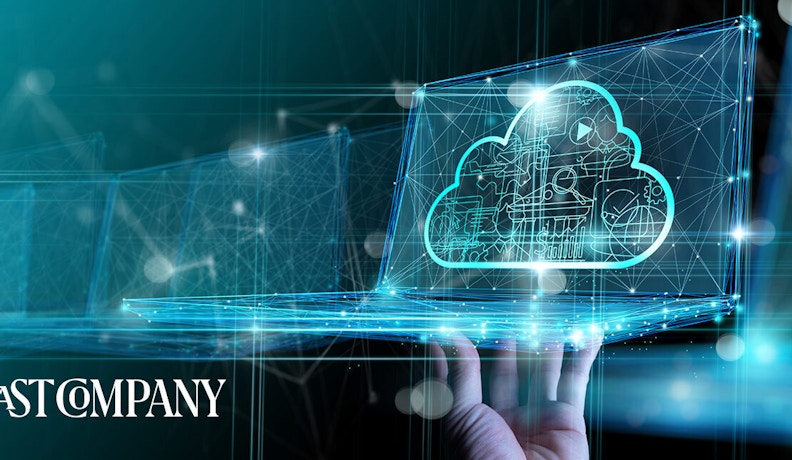Big Ideas for Small Businesses
Industry experts offer tips on using your software and managing every aspect of your business from sales and marketing to human resources and payment processing.

See why businesses are increasingly celebrating Earth Day, focusing on sustainable practices that boost environmental health and profitability. Find out more!

Adapting to Change: What to Expect
In this guide, we’ll delve into the ADKAR Change Management Model for managers and employees. Learn how to navigate organizational change successfully.

How Small Businesses Can Avoid Data Breaches
In this post, we’ll discuss how small businesses can protect themselves from a data breach. Safeguard your sensitive information and secure your business.

Celebrating International Women’s Day: An Interview With ECI Female Leaders
Honoring exceptional & inspirational female leaders at ECI this International Women's Day. Celebrate empowerment, & diversity, with our inspiring women.

How To Celebrate Employee Appreciation Day
In this expert guide, we delve into creative and meaningful ways to celebrate Employee Appreciation Day. Boost your team's morale with these thoughtful ideas.

What Makes A Good Leader?
Let’s examine the key qualities of effective leadership. Learn how to inspire, motivate, and guide your team towards success. Start your journey today!

5 Things You Should Never Do With Business Social Media Accounts
Want to grow your business? Avoid these 5 social media mistakes. Learn how to optimize your strategy, avoid pitfalls, and boost brand awareness.

How AI Will Impact the Customer Experience in 2024
Learn how AI will revolutionize customer experience and enhance satisfaction in 2024. Stay ahead of the curve and unlock new business opportunities.

7 Ways to Spice Up Your Work-From-Home Environment
Transform your home office into a productivity paradise with these 7 ergonomic design, mood-enhancing colors, functional furniture, & personalized decor accents.

The Hidden Costs of QuickBooks®
Check out these 15 hidden costs and limitations associated with relying on QuickBooks for financial management in small to midsize businesses.

ECI Software Solutions Named a Certified 2024 Great Place to Work® in Six Countries Across North America, Europe and Australia
Based solely on anonymous employee survey responses, ECI is recognized as a top employer in the U.S., Canada, the U.K., Belgium, Australia and the Netherlands

39 ERP Facts and Statistics Every SMB Executive Should Know in 2024
Check out these key ERP facts & trends for SMBs in 2024. From selection strategies to implementation insights that drive transformation and business success.

Avoiding The Cloud May Be Costing Your Business More Than You Think
Find out how cloud computing elevates small businesses with cost-effective solutions, enhanced cybersecurity, & strategic insights for seamless cloud adoption.
Stay on top of industry trends and insights.
Subscribe to the Big Ideas for SMBs blog.